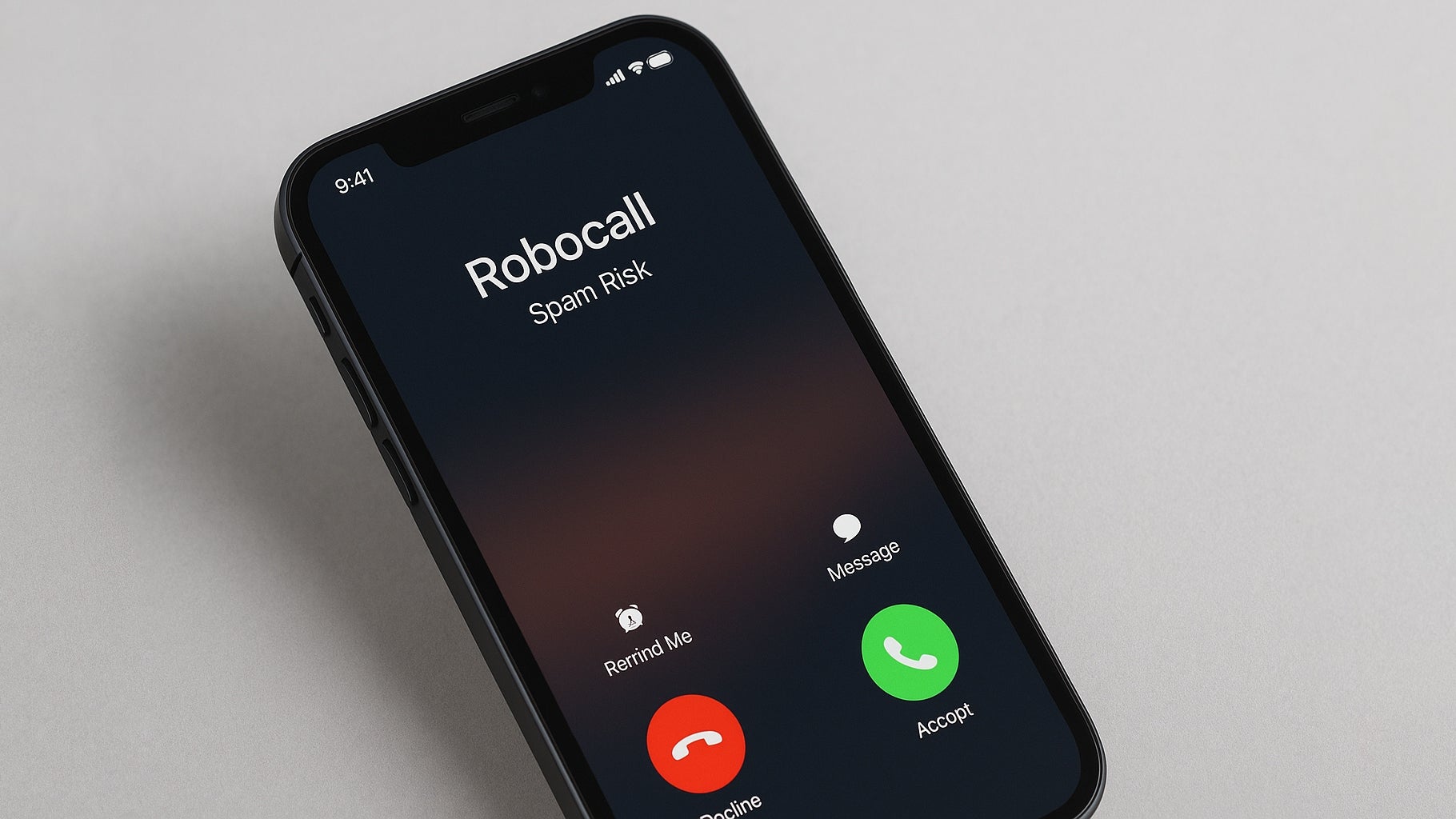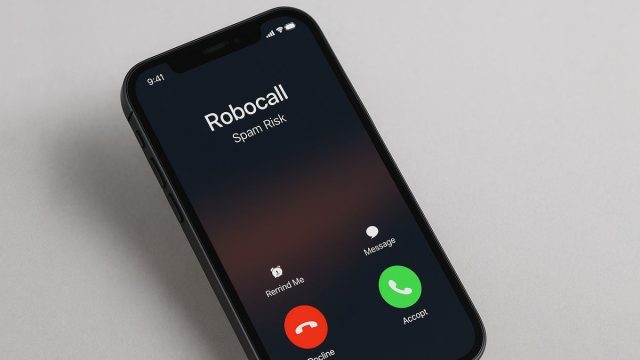
AI-generated image of iPhone receiving Robocall.
The Federal Communications Commission is taking aim at a key loophole that helps robocallers dodge detection systems meant to protect consumers. If you’re still getting bombarded with scam calls on your phone, this gap involving older network technology is a likely contributor. The FCC wants to ensure calls maintain their digital fingerprints even when passing through these older networks. Modern phone calls over internet (IP) networks benefit from STIR/SHAKEN, a system the FCC champions for tracking, blocking, and warning about bad calls. It acts like a digital fingerprint to verify caller ID isn’t faked or “spoofed”. It’s crucial for spotting malicious calls before they potentially trick someone.
The problem is that when calls travel — even partially, through older, non-IP phone lines (think traditional landlines) — this STIR/SHAKEN verification often gets lost due to technical limitations of those networks. Scammers know this and actively exploit it by routing calls through these pathways, effectively erasing the digital proof of origin. This makes their illegal calls much harder for carriers to identify and block.
Patching the network hole
The FCC’s new proposal directly targets this non-IP loophole. For the last four years, providers using these older networks faced delayed deadlines for implementing call authentication required by the TRACED Act. The FCC now wants to end these delays and get authentication solutions deployed.
The plan involves several actions:
- Setting clear standards for authentication solutions on non-IP networks, ensuring they meet the TRACED Act requirements.
- Requiring providers using these networks to regularly certify they are implementing effective solutions.
- Giving providers a two-year window to comply once the rules become final.












